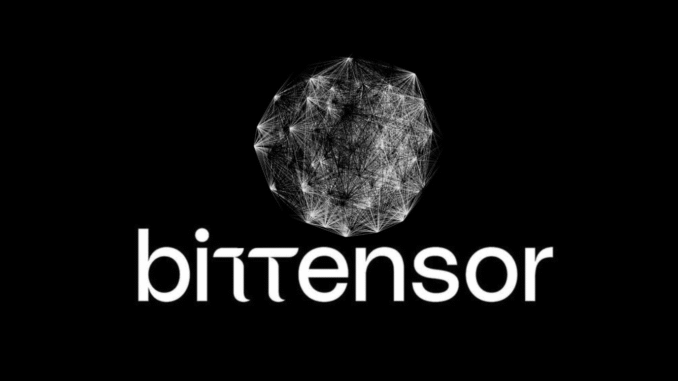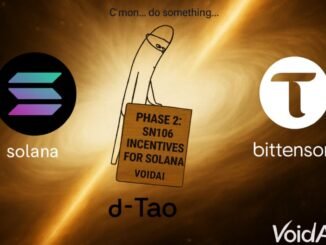
Bittensor is a decentralized network for machine intelligence, where “subnets” are like specialized communities or networks within the larger system.
In these subnets, participants called miners perform tasks (like AI computations), and validators evaluate and reward them.
Sub-subnets take this a step further: they allow a subnet owner to split a single subnet into smaller divisions, each focused on different tasks. This way, rewards (called emissions) can be distributed more precisely across these sub-divisions without changing the total rewards for the subnet.
Think of it like a big pizza (the subnet) being cut into slices (sub-subnets), where each slice gets its own topping (task) and a share of the cheese (emissions). The goal is to encourage miners to focus on specific, high-priority work.
Key Terms to Know
- Subnet: A mini-network inside Bittensor where miners do work and get rewarded based on validators’ assessments.
- Sub-Subnet: A slice of a subnet, running its own evaluation system for a particular task.
- Yuma Consensus: The scoring system each sub-subnet uses to rank miners’ performance independently.
- Emissions: The cryptocurrency rewards (in TAO tokens) given to miners and validators.
- Validators: Users who judge miners’ work and set “weights” to influence rewards.
- Miners: Users who complete tasks to earn emissions.
How Sub-Subnets Work
When a subnet creator sets up sub-subnets, they decide how many there are (this can change over time) and how to split the emissions among them.
For example:
- They use a special function
sudo_set_subsubnet_emission_splitto assign percentages, represented as numbers that add up to 65,535 (like 100%). - If a subnet has two sub-subnets with splits of 20% and 80%, the numbers might be [13,107, 52,428].
Each sub-subnet operates independently:
- Miners participate in all sub-subnets automatically (using the same ID).
- Validators evaluate and assign weights separately for each sub-subnet’s tasks.
- The Yuma Consensus runs for each, determining rankings and rewards based only on that sub-subnet’s performance.
- Total rewards for a miner or validator are the sum of all sub-subnets, but poor performance in one doesn’t affect the others.
Everything is transparent and stored on the blockchain, so anyone can check the setups and flows. Creators can adjust the split once every 7,200 blocks (about 24-48 hours in blockchain time) to avoid constant tweaks.
Benefits
- Better Focus: Subnet owners can direct more rewards to important tasks, helping the subnet evolve without diluting efforts.
- Flexibility for Participants: Miners can specialize in certain sub-subnets, and validators’ stakes apply across all without extra work.
- Independence: Performance is isolated, so excelling in one area boosts rewards there without penalties elsewhere.
- Transparency and Fairness: On-chain data lets the community monitor and trust the system.
- No Extra Costs: Total emissions stay the same; it’s just redistributed internally.
Example
Imagine a subnet earning 100 TAO tokens in rewards, with 41% going to miners/validators. If split into three sub-subnets at 60%, 30%, and 10%:
- Sub-subnet 1: 24.6 TAO
- Sub-subnet 2: 12.3 TAO
- Sub-subnet 3: 4.1 TAO
A miner great at the first task might earn more overall than one who’s average across all, depending on the splits.
Who Benefits and How
- Stakers (Investors): Staking works the same, but they can watch sub-subnet performance to gauge subnet health.
- Miners: Automatically in all sub-subnets; earn based on per-task success.
- Validators: Must evaluate each separately but get dividends from the combined performance.
- Subnet owners: Control the focus and distribution to build better subnets.
Sub-subnets are a way to make Bittensor’s ecosystem more granular and efficient, helping it scale for diverse AI tasks.




Be the first to comment